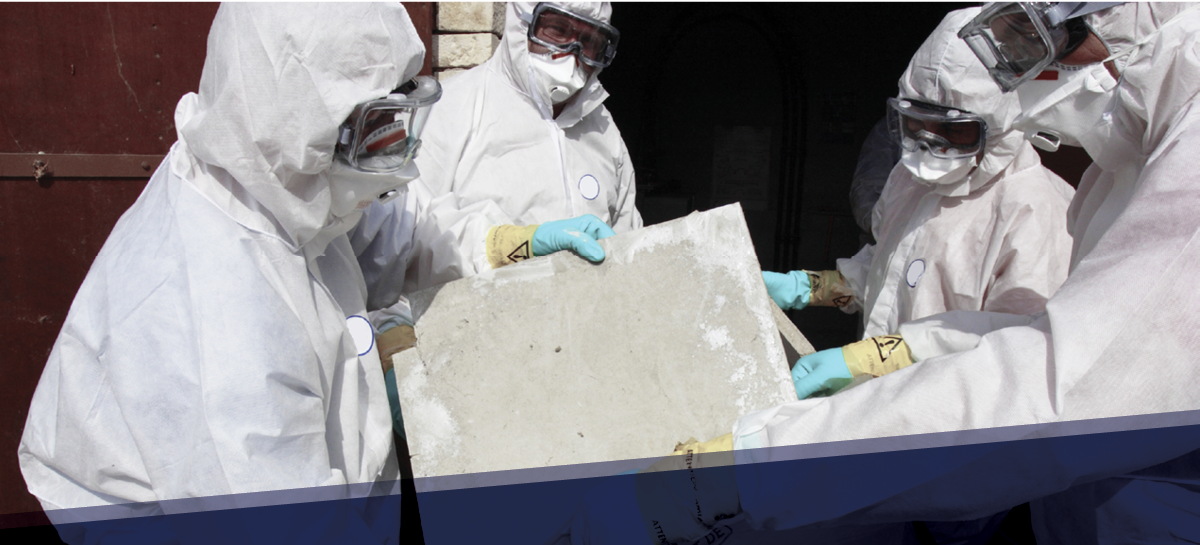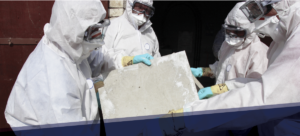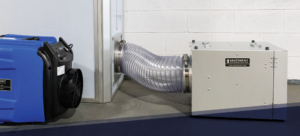The Tools for Asbestos Abatement
With federal and state laws in place, the use of asbestos in products and materials is restricted in the United States, but not banned. Canada, however, has regulations in place that prohibit the import, sale, and use of asbestos and products containing the dangerous carcinogen. However, this wasn’t always the case. Prior to its close in 1990, much of the world’s supply of vermiculite came from a mine in Montana. Unfortunately, the mine also contained a natural deposit of asbestos, which contaminated the vermiculite product. Materials like drywall, flooring, ceilings, cement, and insulation were produced using vermiculite from the mine, which was primarily sold as insulation in Canada under the trademarked name “zonolite.”
The risks of asbestos
But, what’s the risk of vermiculite containing asbestos? The inhalation of asbestos has been proven to cause lung cancer and other severe respiratory diseases. Because of this risk, the removal or disturbance of asbestos should be performed with the proper precautions and equipment. Proper sampling, testing, and removal procedures are essential to identify and safely mitigate the hazard associated with asbestos in buildings.
Experts and their techniques for asbestos removal
Asbestos testing requires expertise. This is not a DIY project. Professionals will come prepared with an air purifying respirator equipped with HEPA-filtered cartridges to wear during sampling, along with safety glasses. A respirator is recommended by both the U.S. EPA and Health Canada as best practice to reduce the amount of dust inhaled during collection.
Once asbestos has been tested and identified in a material, it’s important to begin the abatement process. The Ontario Regulation for Designated Substances (Reg. 278/05) classifies asbestos removal based on the severity of the risk - Type 1 (Low Risk), Type 2 (Medium Risk), and Type 3 (High Risk). When the risk is low, the size of the contaminated area is between 1 and 10 sq ft, and the material is non-friable asbestos-containing material (ACM), meaning it is being held together by a bonding agent. In a Type 2 abatement, the contaminated area is between 11 and 100 sq ft, and is friable ACM, meaning it is easily crumbled and breaks apart with touch. A Type 3 abatement operation means the contained area is over 100 sq ft and contains both friable and non-friable ACM. A Type 3 operation, involves the removal or disturbance of more than one square meter of friable ACM during the repair, alternation, maintenance or demolition of a building.
Tools of the trade
Type 2 and Type 3 abatement require professionals to wear the proper respirator as well as PPE equipment like disposable coveralls to prevent entry of dust. A trained professional will not only know the measures to protect themselves, but others around them. These measures include the isolation of the entire area using temporary containment barriers like Abatement Technologies SHIELD WALL™.
Additionally, during these types of abatement, it's important to use a HEPA filtered vacuum extraction system, like our HEPA vacuums to clean up asbestos dust throughout the project, avoiding particulates and carcinogens being left behind after a project. A vacuum extraction system offers the benefit of adding an engineering control of increased negative draw of air at the point of disturbance. This decreases the exposure to the worker as opposed to other methods which may increase the airborne concentration within the asbestos work area.
Want to learn more about the solutions we have available for asbestos abatement professionals? Click here.



